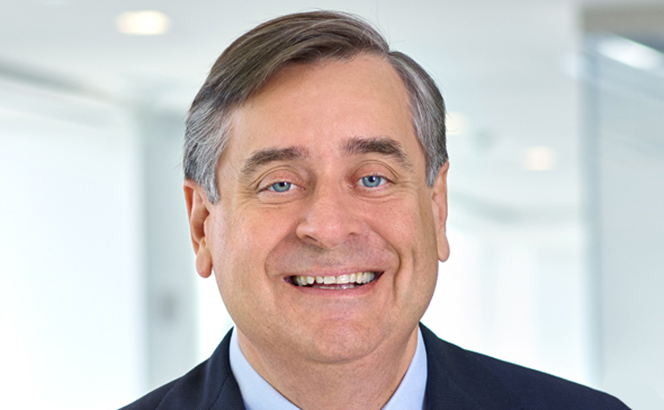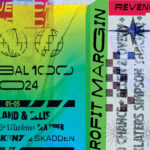
Canvassing ex-partners a few days after Hogan Lovells’ board recommended Miguel Zaldivar (pictured) as the firm’s next chief executive, Legal Business was in the awkward position of having to spell his surname. Even several current City partners admitted to having never met him.
Yet the Hong Kong-based, Venezuelan energy and infrastructure specialist who spent most of his career in the firm’s Miami arm is all but certain to succeed Steve Immelt at the helm of the firm next July, following a rubber-stamping vote by the partnership later this month.










